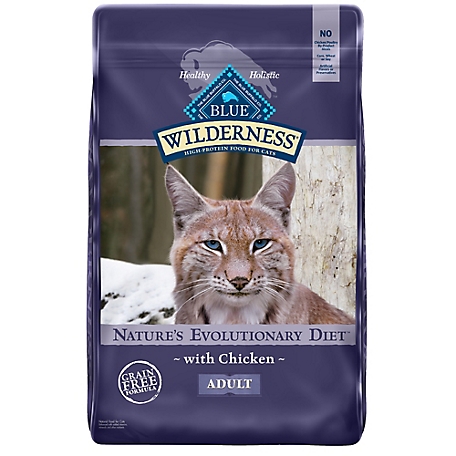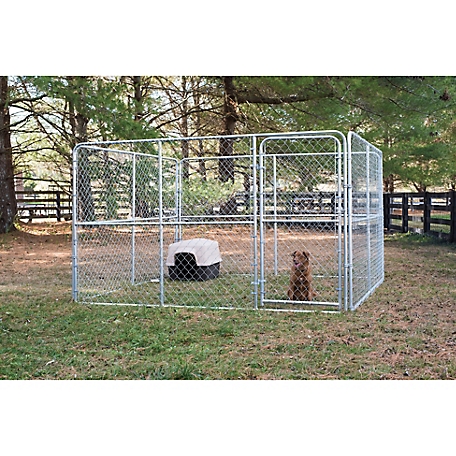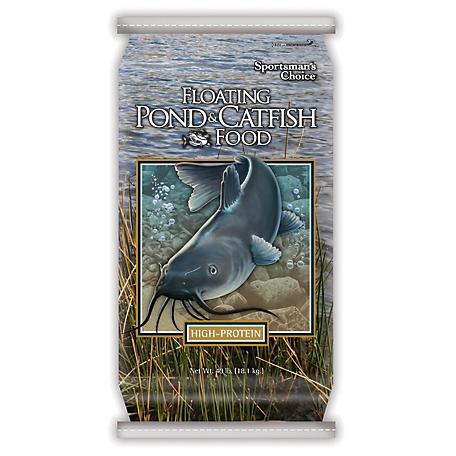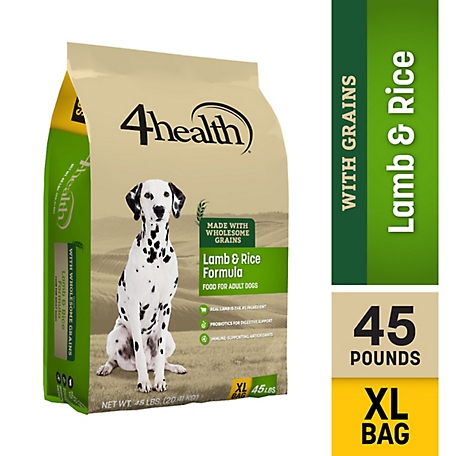Blue Buffalo Wilderness High Protein, Natural Adult Dry Cat Food, Chicken 12 lb.
Inspired by the diet of the lynx, a tireless, legendary hunter, BLUE Wilderness protein-rich dry cat food is made with more of the delicious meat cats were born to love. BLUE Wilderness high-protein, grain free cat food is a product of Blue Buffalo. Based in the United States, BLUE makes premium-quality pet foods starting with real meat first, plus fruit and vegetables.
Inspired by the diet of the lynx, a tireless, legendary hunter, BLUE Wilderness protein-rich dry cat food is made with more of the delicious meat cats were born to love. BLUE Wilderness high-protein, grain free cat food is a product of Blue Buffalo. Based in the United States, BLUE makes premium-quality pet foods starting with real meat first, plus fruit and vegetables.
- PACKED with REAL CHICKEN: Made to feed your feline’s wild side, this high protein cat food is packed with more of the chicken cats crave to help build and maintain lean muscle mass
- GRAIN FREE CAT FOOD: BLUE Wilderness grain free adult cat food is made with healthy carbohydrates including sweet potatoes and peas to help fuel your cat’s active lifestyle; Plus, it contains omega 3 & 6 fatty acids to support skin and coat health
- WITH LIFESOURCE BITS: This formula contains BLUE’s exclusive LifeSource Bits – a precise blend of antioxidants, vitamins and minerals carefully selected by holistic veterinarians and animal nutritionists, to support immune system health
- NATURAL CAT FOOD: BLUE dry cat food is made with the finest natural ingredients enhanced with vitamins and minerals; It never contains chicken (or poultry) by-product meals, corn, wheat, soy, artificial flavors or preservatives
- Contains one (1) 12 lb. bag of BLUE Wilderness High Protein, Natural Adult Dry Cat Food, Chicken
Additional information
| Country of Origin | Made in USA |
|---|---|
| Breed Size | Extra Small, Small, Medium, Large, Extra Large |
| Flavor | Chicken |
| Health Features | Muscle Health, Immune System Support, Skin & Coat Health |
| Indoor/Outdoor | Indoor |
| Life Stage | Adult |
| Primary Flavor | Chicken |
| Packaged Height | 49.16 in. |
| Packaged Length | 48 in. |
| Packaged Width | 40 in. |
| Manufacturer Part Number | 800191 |










by Natalya
Good food but seems like something changed with product recently and cats don’t like it as well.
by Tessie
We wanted the very best for our Ariel! She’s done really well with this chicken flavored dry food! She actually prefers this over real chicken! We’re very happy with this product.
by Meow
My cat went crazy. She loves this food so much I highly recommend it. She finished have a bag in a day and a half one day.
by Christopher
Service was prompt and courteous!